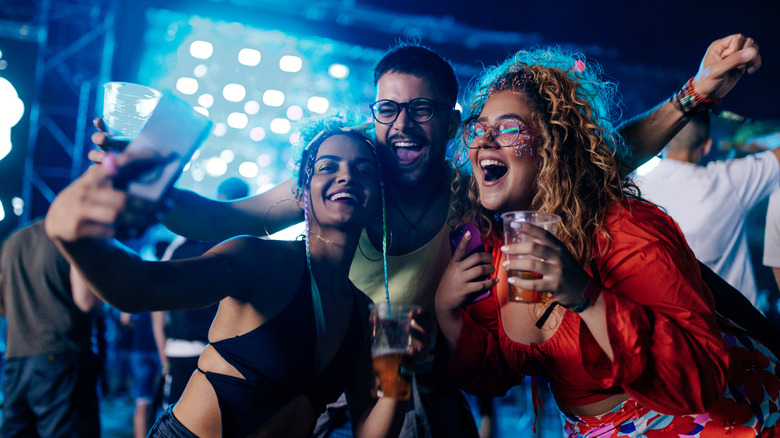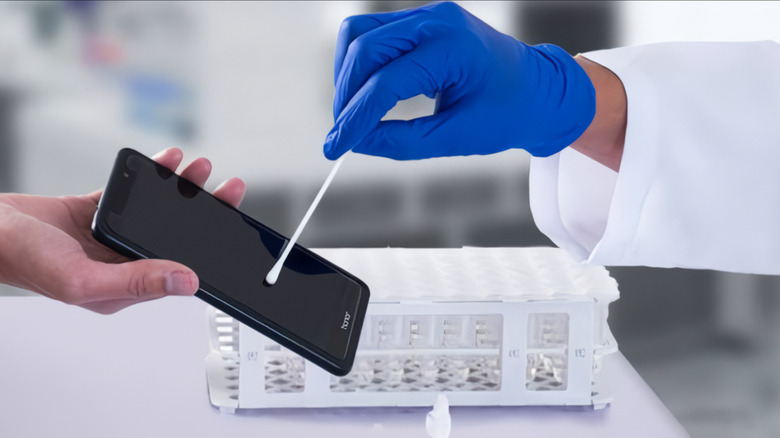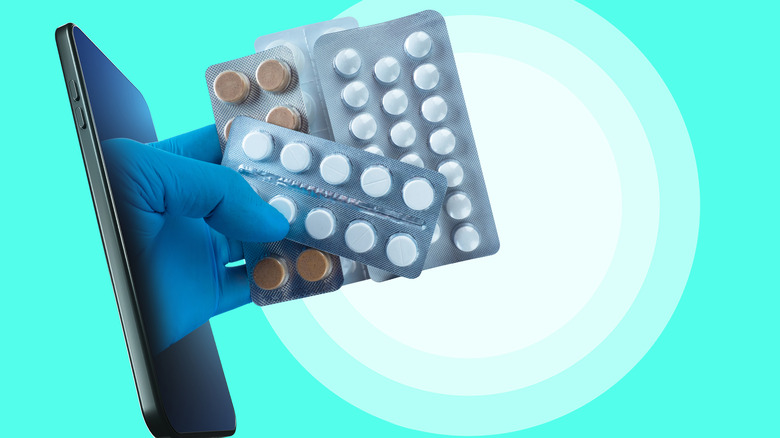Your Phone Could Soon Snitch On You For Consuming Drugs
Smartphones are nothing short of digital saviors, but from a privacy and legal perspective, they are nothing short of a nightmare. The latest development, courtesy of experts at the Grenoble Alpes University Hospital in France, is a mixed bag for law enforcement officials and party-going drug aficionados. The team has detailed a swab testing technique that needs a simple dry swab rub on a smartphone to detect various kinds of drugs. Moreover, the solution is rather versatile as it not only finds traces of substance where the phone was directly involved as a surface but also through sweat and sebum remnants that contain chemical traces from drugs already in the body systems.
To test the efficacy of their method, the team began with an anonymous questionnaire among people who consumed recreational drugs at separate techno and trance-themed music events in France. The phones of the participants were subsequently subjected to the dry swab method for collecting surface samples. The swabs were then analyzed for chemical traces using liquid chromatography and mass spectrometry methods.
Out of the 122 swabs that the rest of the team collected, they were able to detect the presence of drugs with an accuracy just above 88%, while the method's sensitivity reached as high as 97.2%. Notably, aside from being cost-effective, the method is deemed convenient for all parties involved and doesn't require any intensive specialized training when it comes to collecting samples.
Cheap, reliable, and amazingly promising
The promising research published in Clinical Chemistry and Laboratory Medicine (CCLM) journal could be used as a "complementary tool for drug testing" in addition to existing methods like oral fluid tests and water supply analysis. During their initial proof-of-concept testing, the team mainly identified cocaine, MDMA (also known as ecstasy), and THC (a key component of cannabis-driven products). Moreover, the method was also able to detect ketamine, amphetamines, heroin, mescaline, painkillers, antidepressants, hypnotics, and even mushrooms.
The team, however, reported that there's a bit of a chemical contamination problem associated with this smartphone-driven method for identifying drug usage. Then, there's also the chance for false positives, such as another drug user touching a person's phone and issues with the chemical stability of substances on a phone's surface. But there are a lot of positive takeaways here, as well.
It is extremely cost-effective as each swab test is said to cost around nine cents only, which makes it an ideal candidate not only for larger studies of this kind but also for on-ground implementation by law enforcement agencies. Another crucial benefit of this test is that it can offer insight into individual consumption habits and large-scale patterns. For example, it can offer an insight into the variety as well as the frequency of drugs consumed at events pandering to a diverse crowd, be it a rave party or the usual nightclub gathering.
Another chapter for phone-centric health tech
The biggest advantage of this new method is that the sampling process is easy and needs only 20 seconds per smartphone, which means there is minimal risk of disrupting an event. Moreover, it can prove to be particularly helpful for harm-reduction programs and toxico-epidemiology studies that seek to understand substance use trends and formulate strategies to tone down the associated risks. For a country like the U.S., which is among the world's top consumers of drugs, this technique could open new mitigation avenues.
Furthermore, since smartphones are ubiquitous, the dry swab method offers a vast pool of collection surfaces at any event where drug use is suspected. But as far as science goes, this won't be the first research of its kind to put smartphones front and center. Earlier this month, the folks over at the National Institute of Standards and Technology outlined a process that relies on the magnetometer fitted inside phones to accurately assess the blood glucose concentration.
In 2021, researchers at the University College, London, reported a method for accurately detecting COVID-19 using smartphone swab tests. The technique was deemed promising owing to the low deployment cost (estimated to fall somewhere between $20 and $35), high sensitivity, and the fast-paced nature of sampling and results. Nearly half a decade before this, experts at the University of California (San Diego) detailed a method for analyzing biomolecules obtained from phones that could offer insights into a person's dietary preferences, health status, hygiene habits, and even places they may have visited.


